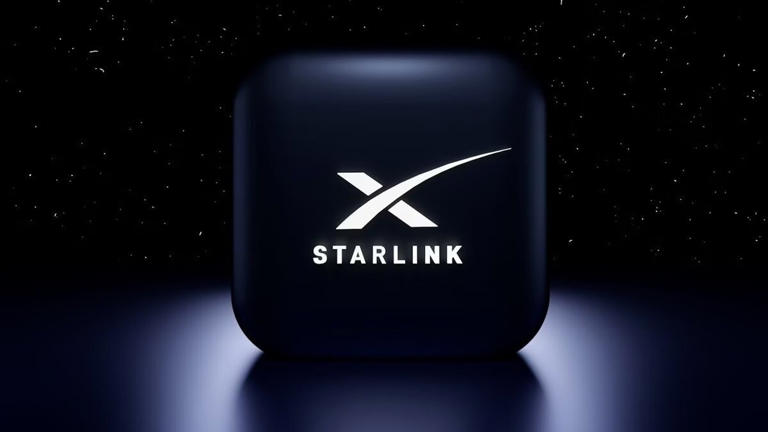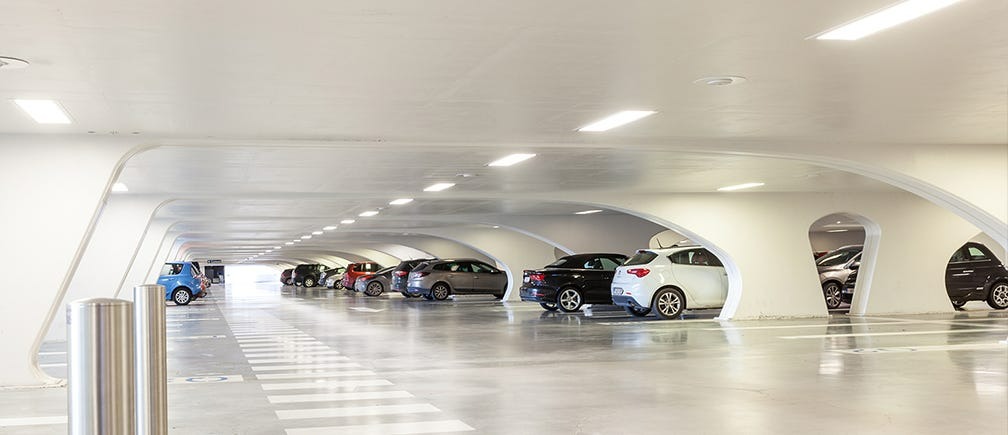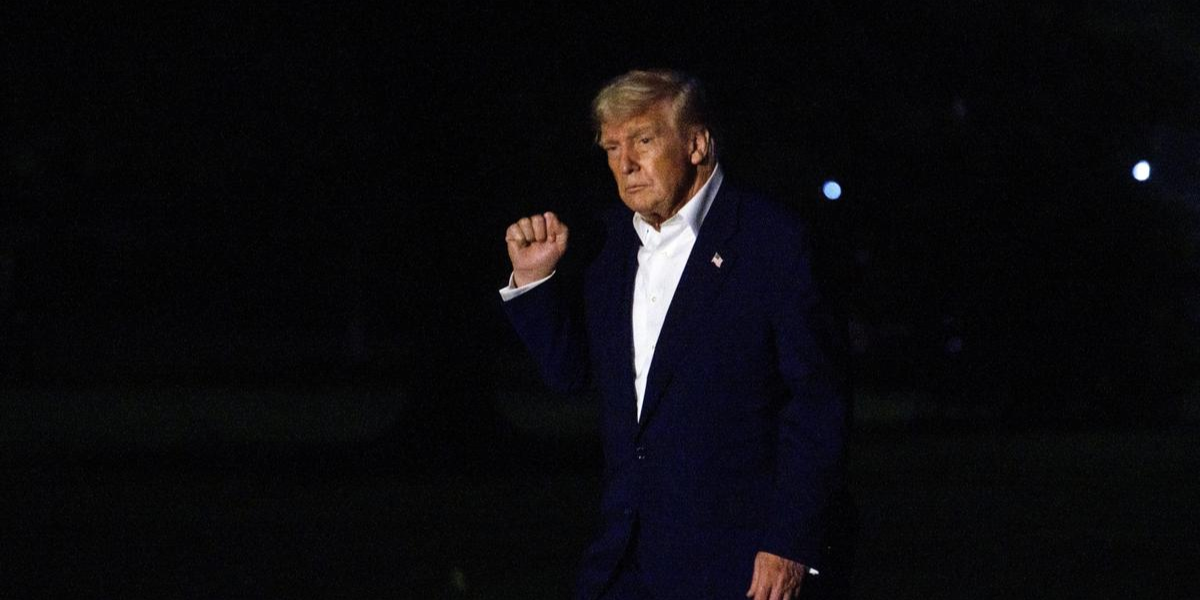
Starlink Cleared for India: Elon Musk’s Satellite Internet to Launch Soon
The wait is finally over! Elon Musk’s satellite internet venture, Starlink, has received the crucial green light from Indian regulators, paving the way for its high-speed broadband services to launch across the country. This development marks a significant step towards bridging the digital divide, particularly in remote and underserved areas where traditional internet infrastructure is limited.
The Regulatory Hurdle Cleared
After a prolonged period of regulatory navigation, Starlink Satellite Communications Private Limited (SSCPL) has secured authorisation from the Indian National Space Promotion and Authorisation Centre (IN-SPACe). This approval, granted on July 8th, 2025, allows Starlink to operate its Gen1 satellite constellation over Indian territory. This follows an earlier license received from the Department of Telecommunications (DoT) in June.
The IN-SPACe authorisation is valid for five years or until the end of the Gen1 constellation’s operational life, whichever comes first. This makes Starlink the third company, after Eutelsat’s OneWeb and Reliance Jio-SES, to receive all necessary clearances to offer satellite internet services in India.
What’s Next? Timeline and Setup
While the major regulatory hurdles are cleared, the commercial launch isn’t instantaneous. Starlink still needs to:
- Acquire Spectrum: Obtain specific frequency bands from the government for its transmissions. The Telecom Regulatory Authority of India (TRAI) has recommended an administrative allocation model for satellite spectrum.
- Establish Ground Infrastructure: Set up essential ground stations (gateways) that connect the satellites to local networks.
- Complete Security & Compliance: Undergo testing and trials to demonstrate adherence to national security standards set by IN-SPACe and DoT.
Sources suggest that if all remaining steps proceed smoothly, Starlink could begin offering its services in India by late 2025 or early 2026.
How Starlink Works and Expected Speeds?
Starlink, a part of Elon Musk’s SpaceX, aims to deliver internet services via a vast network of low-Earth orbit (LEO) satellites. Unlike traditional satellite internet, LEO satellites orbit much closer to Earth, resulting in significantly lower latency and higher speeds.
- Global Reach: Starlink is already operational in over 100 countries and has deployed more than 6,000 satellites globally, with plans to expand this to 42,000 in the coming years.
- India’s Capacity: The Gen1 constellation, with its 4,408 satellites orbiting between 540-570 km, is capable of providing approximately 600-700 Gbps throughput over India, sufficient to serve thousands of concurrent users.
- Expected Speeds: Users in India can anticipate internet speeds ranging between 25 Mbps and 220 Mbps, depending on their location and satellite coverage. This is expected to be a game-changer for regions with poor or no existing broadband infrastructure.
Pricing and Plans: What to Expect
While official pricing has not been definitively announced, based on global trends and reports, here’s what Indian consumers can likely expect:
- Hardware Kit: The Standard Kit, which includes a satellite dish, stand, Wi-Fi router, and cables, is estimated to cost around ₹33,000. (Note: The more compact Starlink Mini, priced at $599 in the US, may or may not be introduced in India initially).
- Monthly Subscription: Unlimited data plans are expected to be priced between ₹3,000 and ₹4,200 per month.
- Potential Promotional Offers: Some reports suggest the possibility of introductory low-cost plans, potentially starting as low as ₹850 per month, though it’s unclear if this would be for all users or specific regions/promotions.
- Urban Surcharge: TRAI has reportedly proposed an additional monthly surcharge of ₹500 for urban users of satellite broadband services, though this is awaiting final approval.
These prices are primarily targeted at individual households, especially in areas where traditional broadband isn’t a viable option, and also for enterprises, government, maritime, and aviation sectors.
A Game-Changer for India’s Connectivity
Starlink’s entry is poised to be a significant disruptor in India’s telecommunications landscape. Its ability to provide high-speed internet in virtually any location with a clear view of the sky will be transformative for rural and remote communities, helping to bridge the persistent digital divide. It aligns with the government’s broader Digital India initiative, aiming for 100% mobile and internet coverage across the country.
Furthermore, Starlink has reportedly forged alliances with major Indian telecom players like Reliance Jio and Bharti Airtel to market and distribute its services, leveraging their extensive networks for installation and activation.
With the groundwork now laid and regulatory approvals in place, India is firmly on track to welcome Elon Musk’s Starlink, promising a new era of connectivity and digital inclusion.








